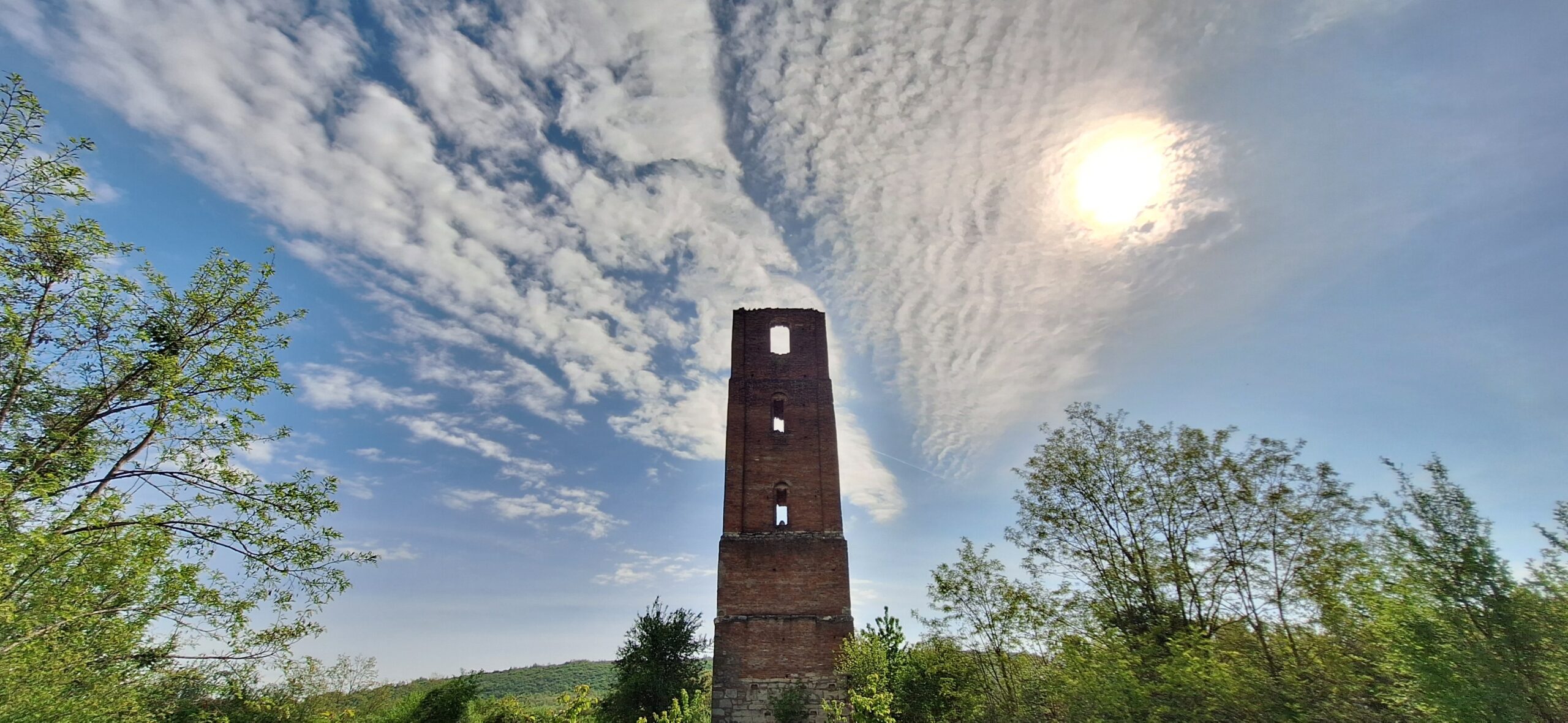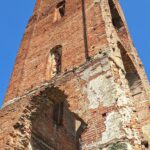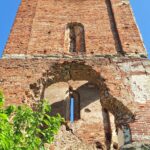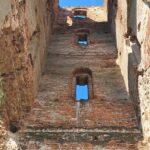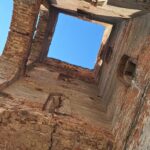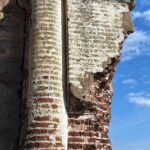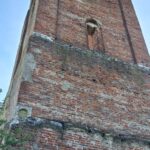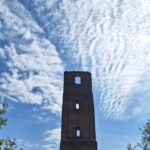Sânnicolau de Beiuș (Belényesszentmiklós) – Bihor County
Somewhere at the foothills of the Bihor Mountains, near the crystal-clear waters of the Crișul Negru River, a remarkable historical rarity rises towards the sky: the remains of the truncated tower of a Romanesque church, the former Pauline monastery in Sânnicolau de Beiuș.
The Pauline monastery in Sânnicolau de Beiuș was founded in the 13th century
The striking and enigmatic bell tower of a Romanesque church from the 13th century is preserved near the small village of Sânnicolau de Beiuș, known in Hungarian as Belényesszentmiklós (Șoimi Commune, Bihor County), once an important medieval settlement.
Back in the early 13th century, this area was part of the Széplaki estate. It is likely that an abbey was located here. Based on the remaining ruins, this structure could have been monumental. It likely existed even before the arrival of the fathers from the Order of Saint Paul the First Hermit, also known as Pauline monks.
The archaeological research of the Pauline monastery has been interrupted
The ruins of the truncated tower of the Pauline monastery suggest that it was built even before the devastating Mongol invasion in 1241. Legend has it that King Géza’s hunting castle also stood here, in the heart of his favourite hunting grounds.
Archaeological research of the ruins took place in the early 1990s under the leadership of Radu Popa, a renowned Romanian archaeologist and historian. Unfortunately, his untimely death in February 1993, at the age of only 59, interrupted this research, leaving behind many unanswered questions.
It is believed that the dissolution of the Pauline monastery took place sometime between 1241 and 1270. The church was likely abandoned as early as the 13th century. Thus, for almost 800 years, it has been falling prey to the wind, rain, snow, and the passage of time.
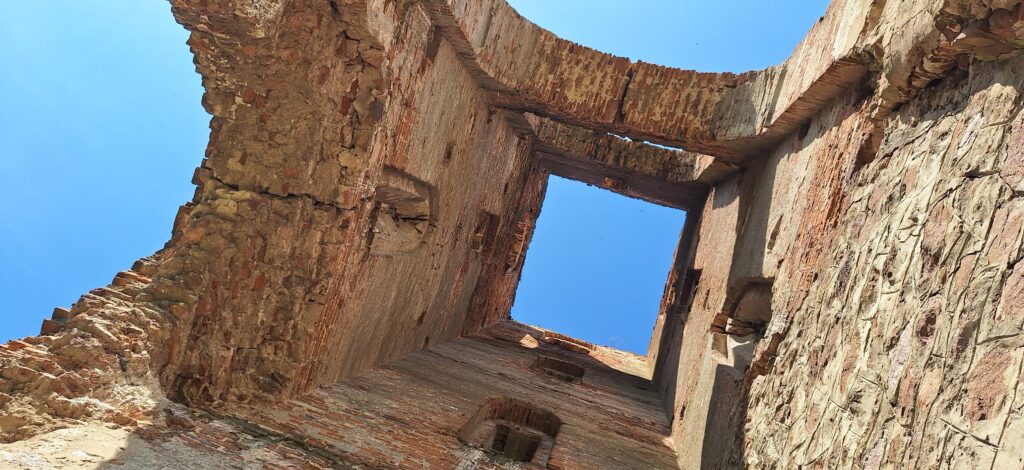
Too few people know about this hidden gem of the historical region of Crișana. Too few talk about it. What does the future hold for the lonely tower in the years to come…?

